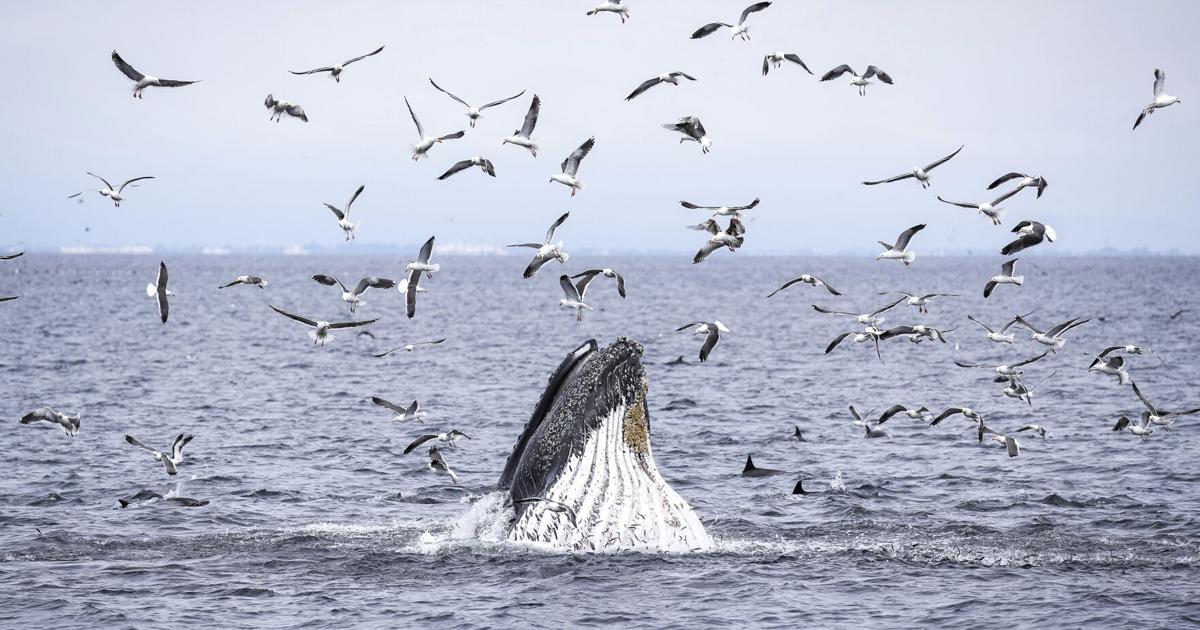Coastal Clash: California Doubles Down on Marine Conservation as Trump Rolls Back Protections

As the federal government begins to ease fishing restrictions in the Pacific Remote Islands, California is taking a critical look at its own marine conservation strategy. The state is currently evaluating its network of marine protected areas, with approximately 16% of state waters currently under protective measures. This review comes at a crucial time when marine ecosystem preservation is increasingly important for maintaining biodiversity and sustainable ocean resources.
The ongoing assessment signals California's commitment to balancing environmental conservation with responsible marine resource management. By carefully examining existing restrictions and their effectiveness, the state aims to develop a comprehensive approach that protects marine life while supporting local fishing communities and economic interests.
Stakeholders are closely watching this review, as it could potentially reshape marine conservation efforts along California's extensive coastline. The process underscores the delicate balance between environmental protection and economic considerations in marine resource management.
